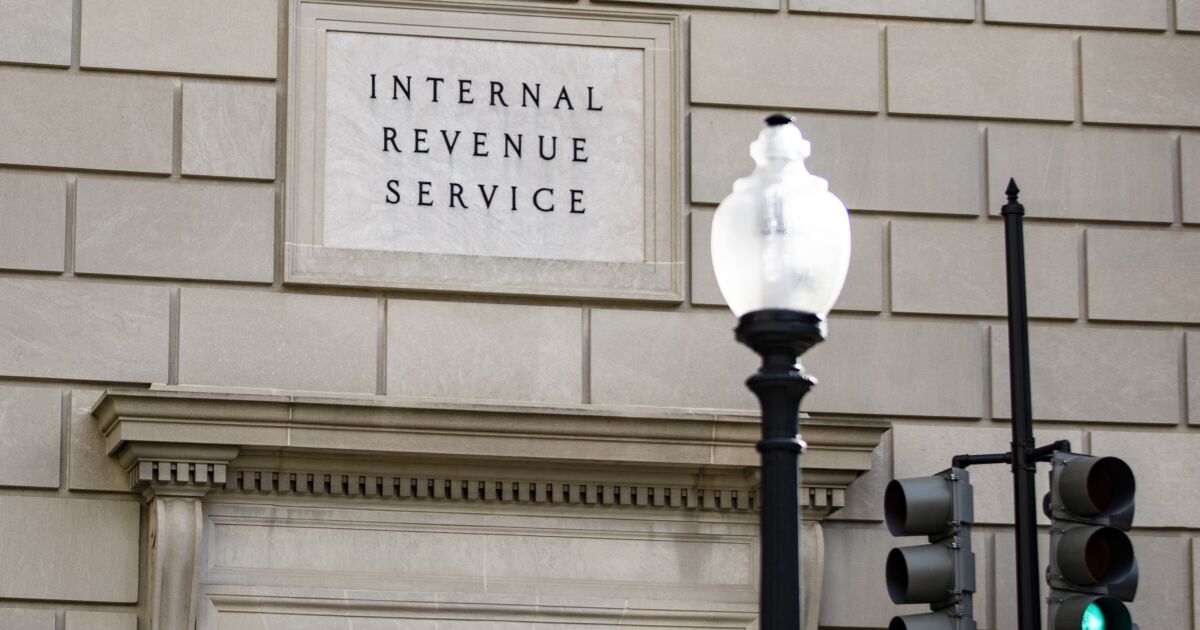The Internal Revenue Service is easing the rules for claiming a tax refund tied to a claim for the research and development tax credit.
The IRS
1. The names of the individuals who performed each research activity, and
2. The information each individual sought to discover.
The IRS said it’s making the change after significant experience with the Research Credit refund claims process. While the IRS is waiving the requirement of providing these two items of information at the time a refund claim involving the Research Credit is filed with the agency, the information may still be requested if a refund claim involving the Research Credit is selected for examination. In
1. Identify all the business components to which the Section 41 research credit claim relates for that year.
2. For each business component, identify all research activities performed and
3. Provide the total qualified employee wage expenses, total qualified supply expenses, and total qualified contract research expenses for the claim year. This may be done using
The agency has been hearing complaints about the
Samuel Corum/Bloomberg
The Chief Counsel memorandum came in response to questions from IRS officials in the Large Business & International division and the Small Business/Self-Employed division about what information taxpayers should provide with their claims for refunds or tax credits, what format they should use, and how the statute of limitations applies. The research credit, also known as the research and experimentation (R&E), or research and development (R&D), tax credit has been used since 1981 by companies and is supposed to incentivize innovation by companies. However, the tax credit has also been exploited by taxpayers who have claimed the R&D credit for doing little in the way of innovation, and it often
The IRS has
Credit: Source link











